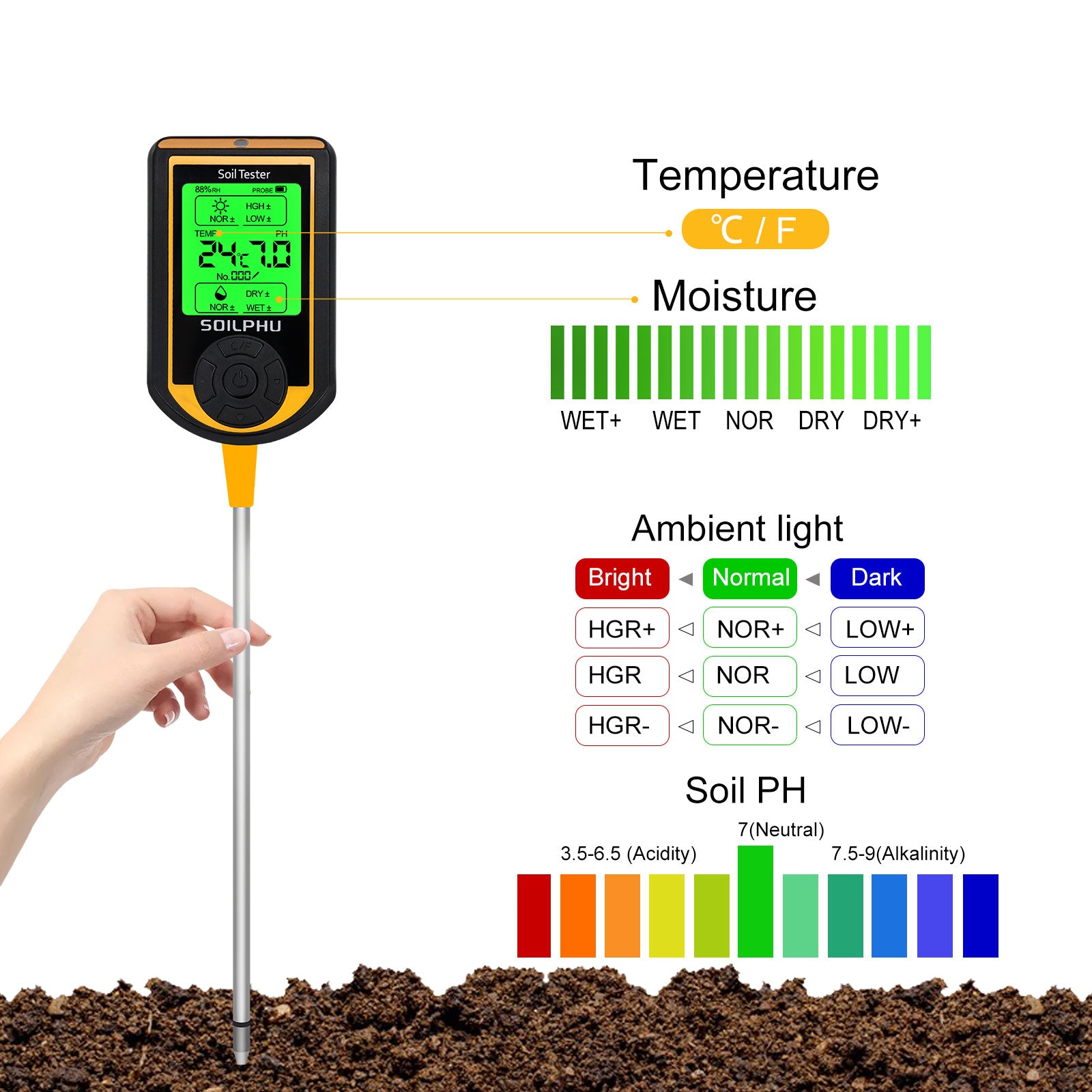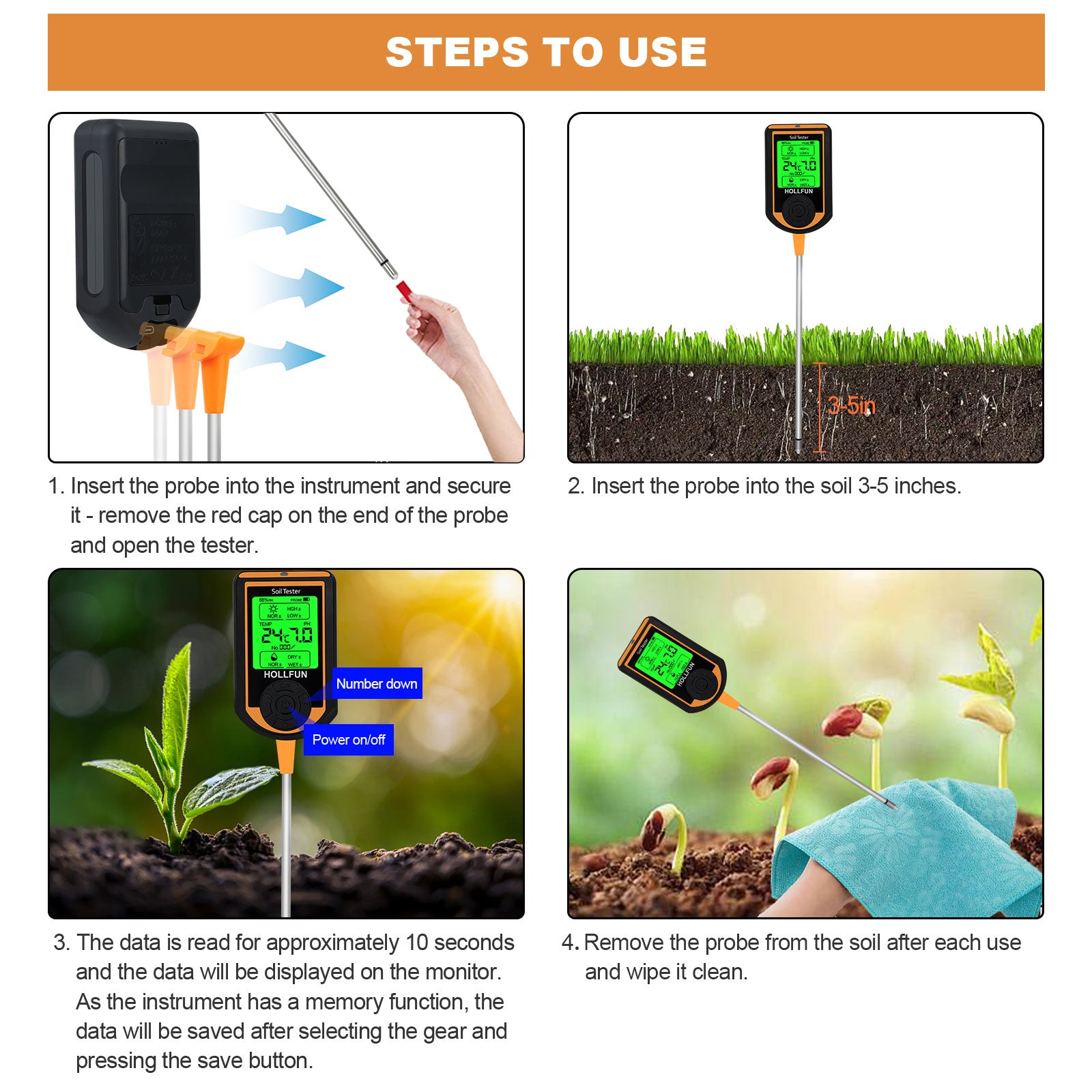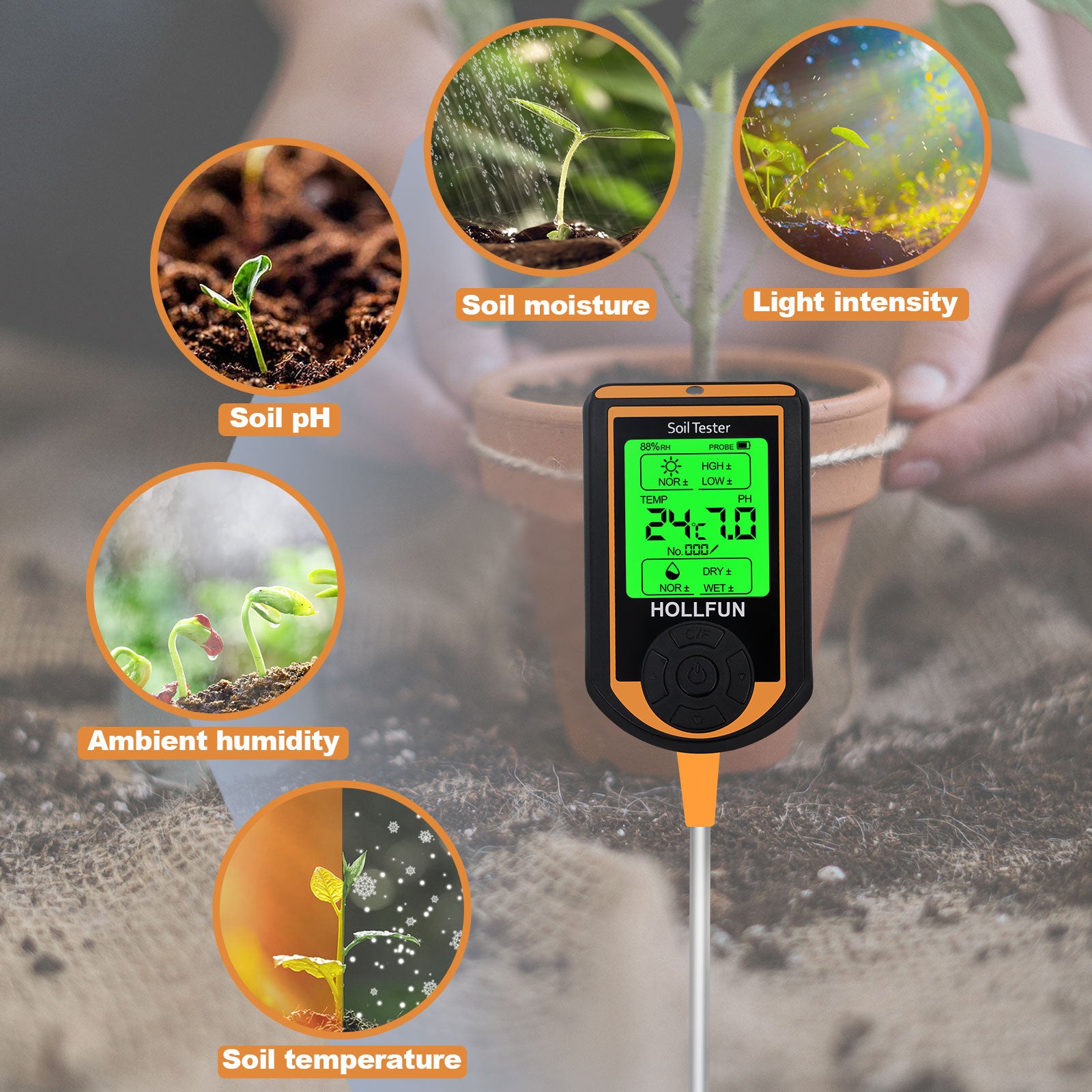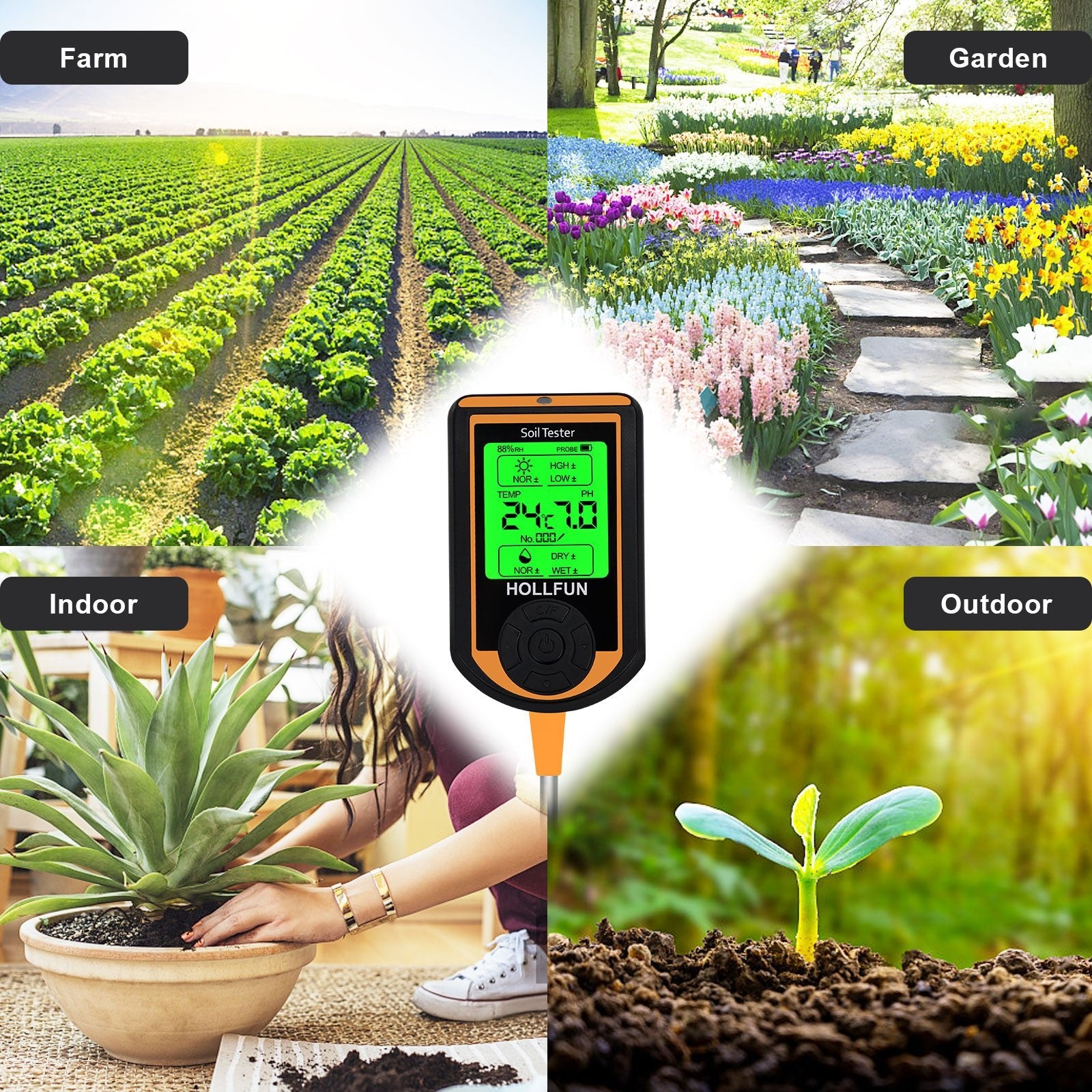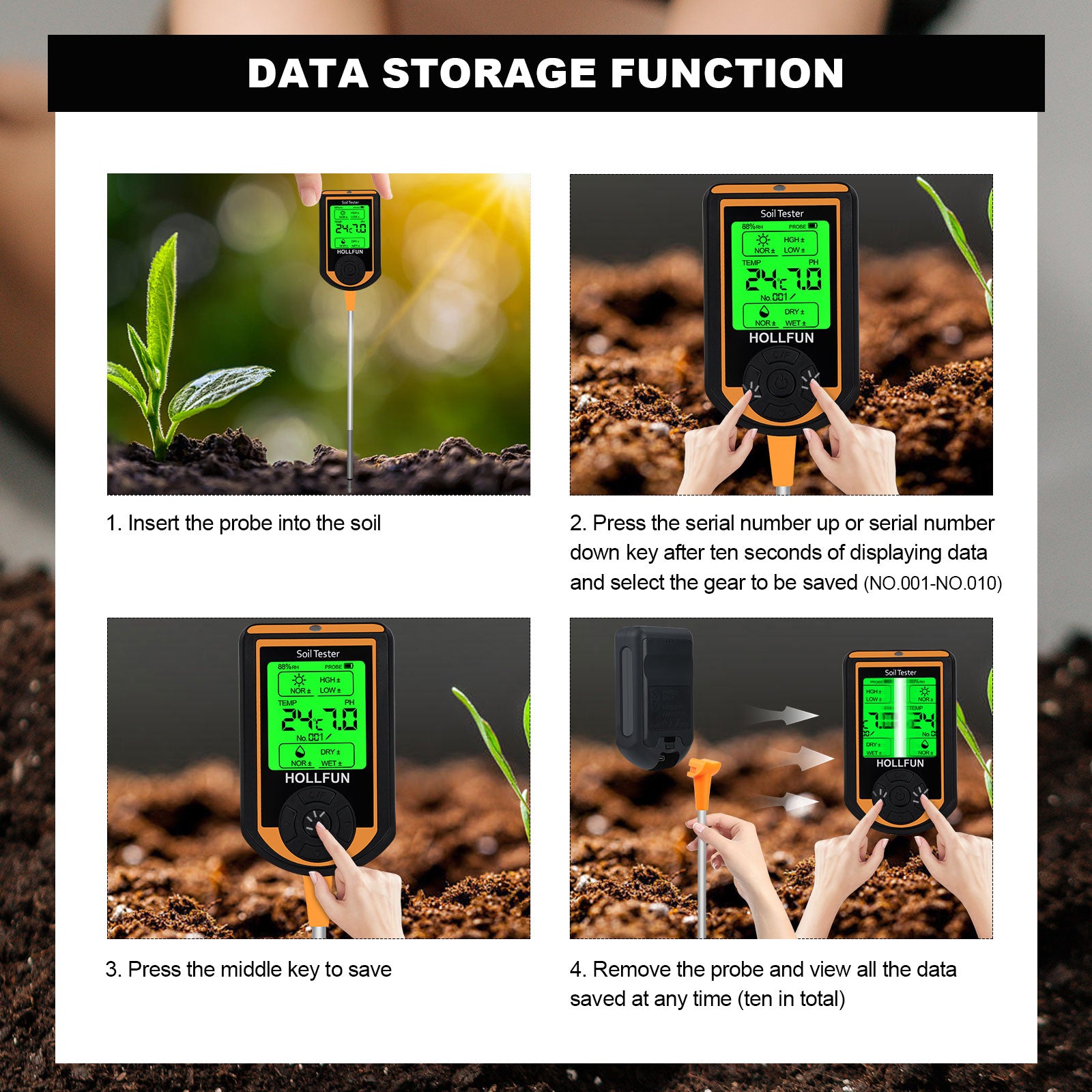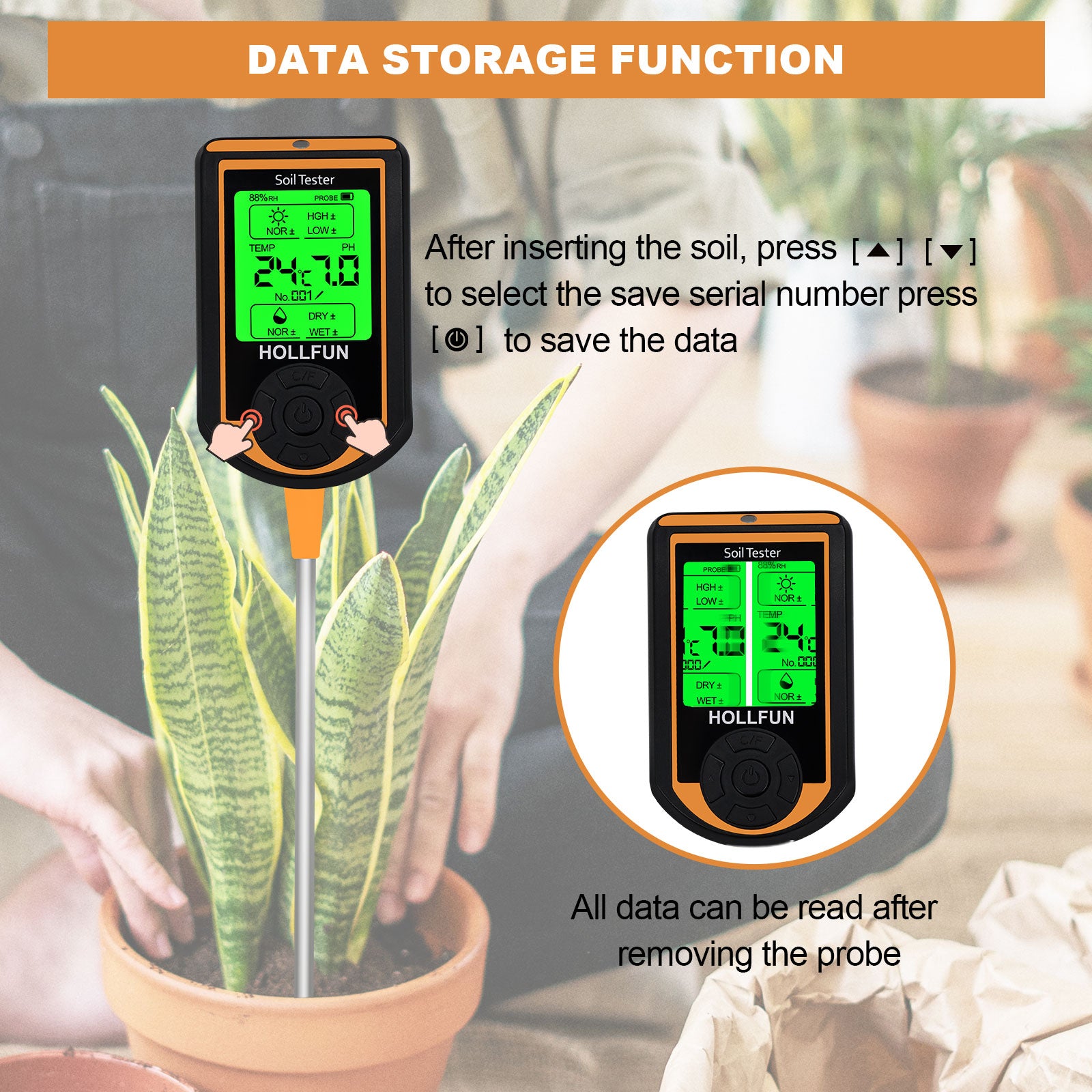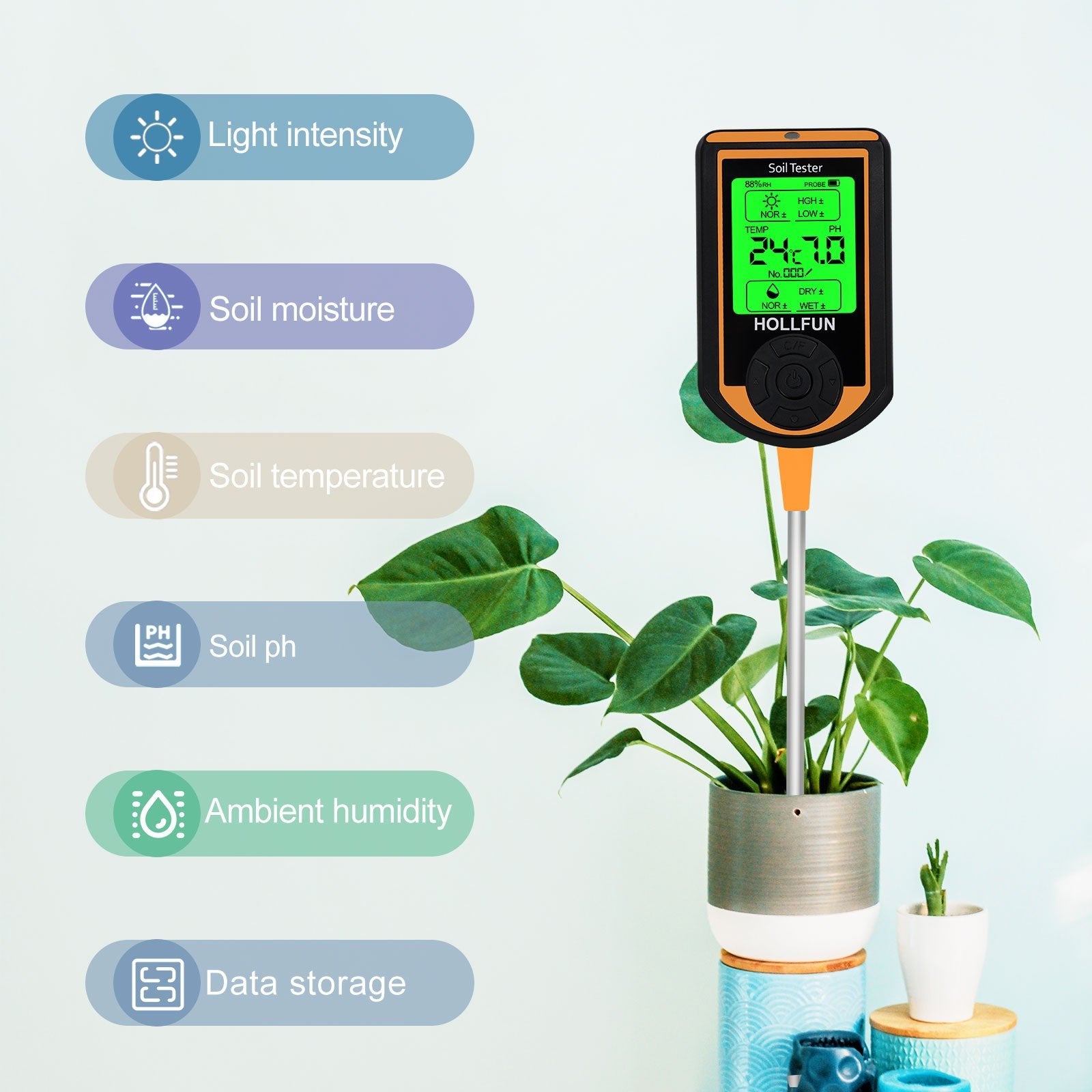Last time, we introduced perlite, and today we will talk about a mineral that is similar - vermiculite.
What is Vermiculite
- In gardening, the term vermiculite refers to expanded vermiculite. When heated, it expands and takes on a coiled shape, resembling a leech, hence the name vermiculite.
- Vermiculite is a magnesium-aluminum-silicate mineral, rich in magnesium and iron. It comes in block, sheet or granular forms and is a mineral that expands at high temperatures. Upon heating, the interlayer water molecules evaporate, causing the volume to increase 18-25 times, and the color changes to golden or silver-white. It has an alkaline pH value.
Advantages of Vermiculite
- Vermiculite can provide plants with elements such as magnesium, ferrum, potassium, calcium, and trace elements like copper, zinc. It has a high cation exchange capacity and strong cation exchange adsorption ability.
- In other words, vermiculite has a certain slow-release fertilizer property and can release essential nutrients over time, promoting rapid plant growth and increasing yield during the early stages of growth.
- Due to its heat-expanding structure, it also has excellent properties such as heat insulation, frost resistance, antibacterial properties and lightweight. When added to a medium, it can act as a loosening, breathable, water-retaining, nutrient-preserving, and soil-improving agent, effectively promoting the growth of plant roots and the stable development of seedlings while maintaining stable root temperatures.
Disadvantages of Vermiculite
- It is not acid-resistant, so it should be used after adjusting the pH with acidic substances. It is fragile, and crushing can lead to compaction of the medium, resulting in loss of aeration and water retention.
How to Use Vermiculite
- Vermiculite is typically available in three particle sizes: 1-3mm, 2-4mm, and 3-6mm. The finer particles (1-3mm) are used for covering the surface of the medium during seed germination, while the larger particles (2-6mm) are mixed into the cultivation medium to enhance water retention, aeration, and nutrient-preserving capabilities.
- Since vermiculite is neutral to alkaline, with some having a pH above 8, it should be mixed with acidic media like peat or humus to lower the pH before use. Acidic solutions, such as ferrous sulfate or organic acid solutions, can also be used for neutralization.
- When mixing with the medium, a ratio of 1 part vermiculite to 10 parts medium is recommended to avoid excessive vermiculite content, which could lead to root rot.
Difference Between Vermiculite and Perlite
- pH: Vermiculite has a higher pH, often requiring adjustment with acidic substances before use. Pumice has a slightly lower pH, making it more suitable for acid-loving plants.
- Nutrient Composition: Vermiculite contains mineral elements such as magnesium, aluminum, and iron, making it more beneficial for the early growth and development of plants.
- Porosity: Pumice tends to retain water on the surface, making it easy to drain and aerate. Vermiculite, while having strong water-retaining capabilities, can draw water from the lower layers, maintaining good permeability.
Vermiculite and Succulents
- Vermiculite is well-suited for succulent plants due to its characteristics. However, its high water retention may lead to root rot in succulents during the summer. It is recommended to mix vermiculite with other plants or use it as a top layer. For rooting, use 3-6mm white vermiculite without watering, and if the environment is dry, lightly spray the surface.



